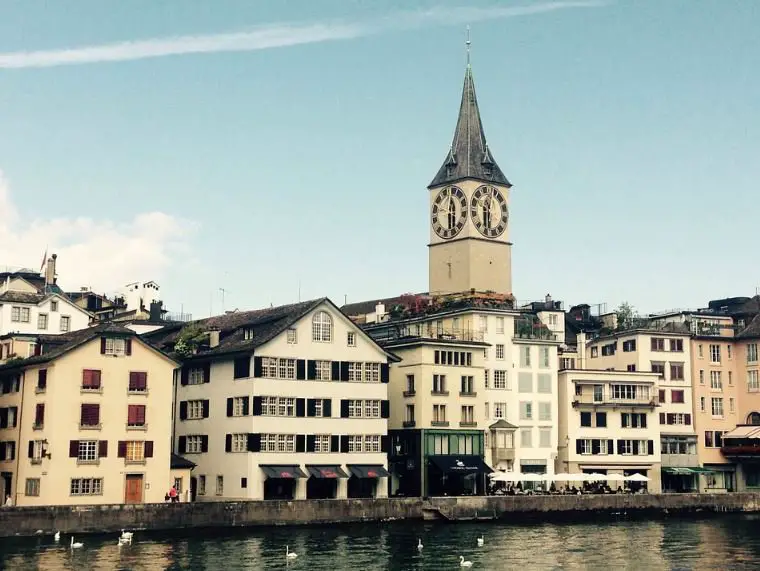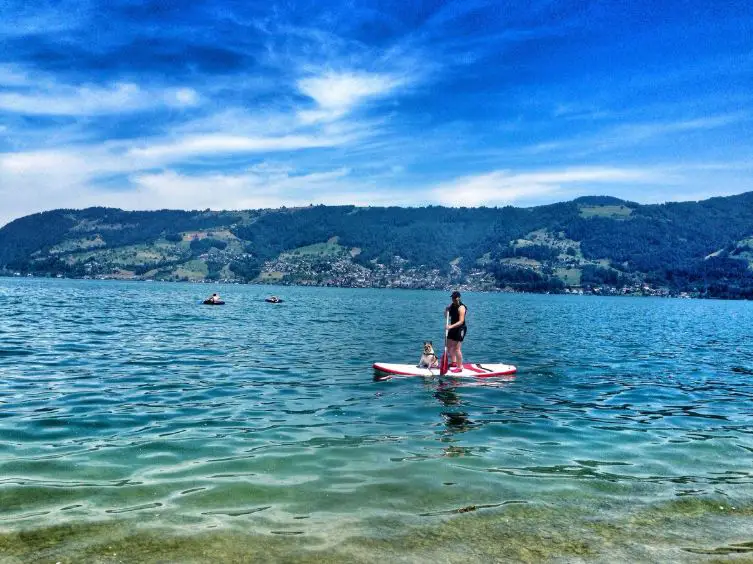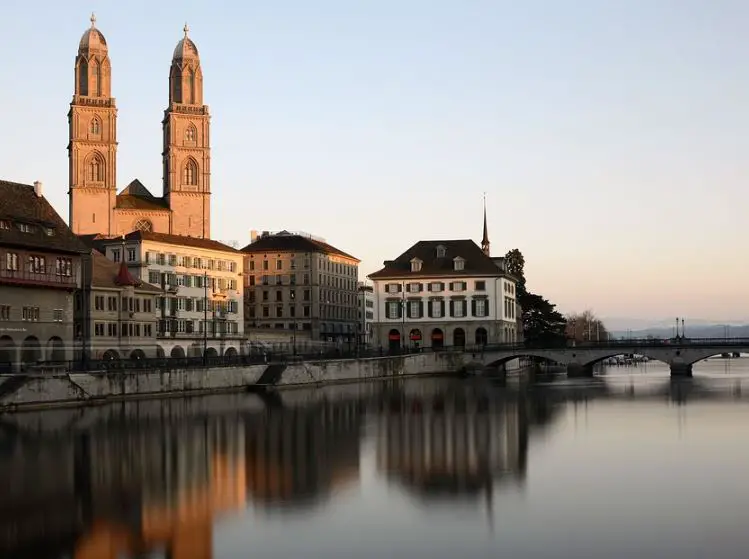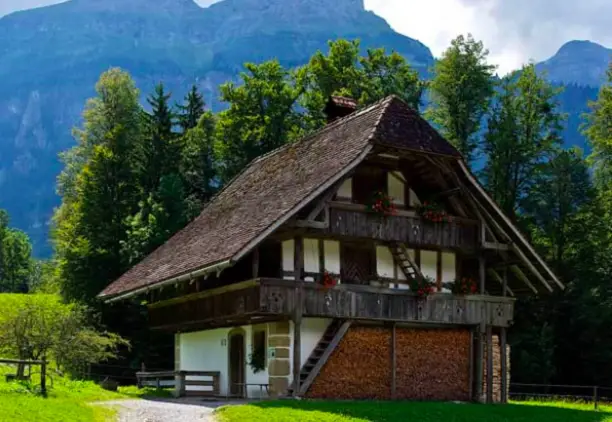Are there any Swiss landmarks related to the environment?
Post ByAdequate Travel
Summary
Switzerland is a beautiful country, surrounded by majestic mountains and stunning lakes. This allows visitors to take part in a variety of activities, such as nature walks, hikes and skiing. Yet, one often forgets that Switzerland also has a host of impressive environmental landmarks that are worth visiting. In this blog post, we will take a look at some of the most significant Swiss landmarks related to the environment.
Stay informed about any travel restrictions or travel rules in place, as they may vary depending on your destination within the country.
Swiss Landmarks Related to the Environment
1. Jungfraujoch: Known as the "Top of Europe," Jungfraujoch is a stunning mountain peak in Switzerland that offers breathtaking views of the surrounding glaciers and snow-capped peaks. It is also home to the Sphinx Observatory, which conducts scientific research related to climate change and environmental conditions.2. Aletsch Glacier: A UNESCO World Heritage Site, the Aletsch Glacier is the largest glacier in the Alps, located in the Swiss canton of Valais. It is an iconic natural landmark that draws attention to the impacts of global warming and highlights the importance of preserving such precious natural formations.3. Swiss National Park: Situated in the canton of Graubünden, the Swiss National Park is a protected area that aims to preserve Switzerland's unique alpine ecosystem. Spanning over 65 square kilometers, it showcases diverse landscapes, native wildlife, and plays a vital role in preserving the country's natural heritage.4. Verzasca Valley: Located in the Italian-speaking canton of Ticino, the Verzasca Valley is renowned for its crystal-clear turquoise river. The valley offers a picturesque setting and serves as a reminder of the importance of water conservation and protecting natural water sources.5. Rhine Falls: The Rhine Falls, located near the town of Schaffhausen, is the largest waterfall in Europe. Apart from being a spectacular natural wonder, it serves as a reminder of the significance of freshwater resources and the need to protect and manage them sustainably.6. Trift Bridge: The Trift Bridge is a suspension bridge situated in the Swiss Alps, offering incredible views of the Trift Glacier and Triftsee Lake. It allows visitors to access a remote glacial region and raises awareness about the rapid retreat of glaciers due to global warming.7. Zermatt: Zermatt is a popular tourist destination located at the foot of the Matterhorn, one of the world's most famous mountains. This alpine village actively promotes eco-friendly practices, including the use of electric vehicles and renewable energy sources.8. Engadine Valley: The Engadine Valley is a pristine mountain valley in the canton of Graubünden, characterized by stunning lakes, forests, and alpine landscapes. It is a protected area that showcases the importance of preserving natural habitats and biodiversity.9. Lake Geneva: Lake Geneva, situated between Switzerland and France, is one of the largest lakes in Western Europe. It serves as a recreational area, but also highlights the significance of water quality and conservation efforts to preserve the lake's ecosystem.10. Stanserhorn: Stanserhorn is a mountain in central Switzerland that features panoramic views of the surrounding landscape, including Lake Lucerne. It promotes sustainable tourism by utilizing a solar-powered cable car for transportation, emphasizing the importance of renewable energy in reducing environmental impacts.Suggested Questions
- Baden Railway Station, Baden: Horror Story, History & Paranomial Activities
- St. John's Church, Bern: Horror Story, History & Paranomial Activities
- Castle of Grandson, Grandson: Horror Story, History & Paranomial Activities
- Château de la Môtte, Bavois: Horror Story, History & Paranomial Activities
- Château de Beaucours, Neuchâtel: Horror Story, History & Paranomial Activities
- Prediger Church, Zurich: Horror Story, History & Paranomial Activities











